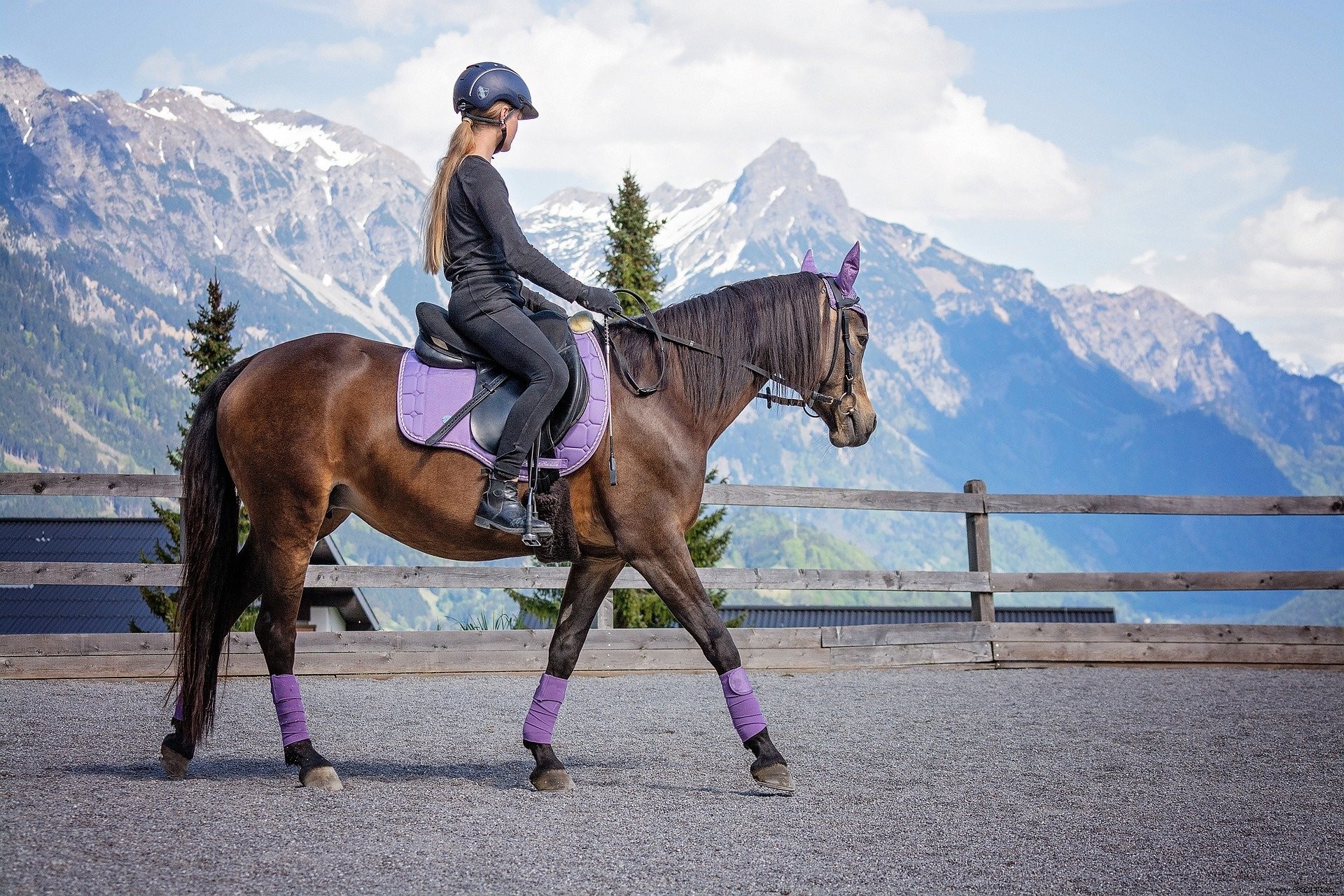A retrospective study based on ten years of data recorded in the United States reveals that horseback riding caused more trips to the hospital than skiing. The researchers therefore insist on the need to put in place more prevention messages in order to prevent the risk of injury related to horse riding.
Humans have domesticated horses for over 5,000 years. These animals have revolutionized our societies, contributing in particular to the advancement of several key areas, such as agriculture and transport. Over time, our relationship with horses has continued to evolve, and today many of these animals are used and enjoyed in recreational pursuits.
That said, although domesticated, horse behavior can be unpredictable. Their large size and strength can sometimes transfer enough mechanical kinetic energy to their rider to send them to the hospital. This is also the reason why these animals inspire so much respect. But in practice, how dangerous can horse riding be?
To find out, researchers in Texas relied on the National Trauma Data Bank (NTDB), the largest data aggregate of trauma registries in the United States and the standard platform for the exchange of trauma registry data. They recorded the number of injuries sustained while riding in the adult population over a decade, between 2007 and 2016. Their work is published in Trauma Surgery &Acute Care Open.
These analyzes (a total of 45,671 injuries) reveal that horseback riding is a particularly dangerous sport. For example, a previous study in the UK found that the injury rate among motorcyclists was around 0.14 per thousand hours of driving. According to this work, riders could expect 0.49 injuries every thousand hours . Horseback riding also reportedly resulted in more trips to the hospital than skiing.
The average age of patients in the study population was 46.85 years with an almost equal proportion of men and women. The most common injuries recorded were in the thoracic region (37.07%), while extremity injuries occurred in 26.46% of cases, and head injuries in 22.95% of cases. Abdominal injuries were the least common (13.53%).
In half of the cases, the riders had to stay in the hospital. Just over a quarter of all admissions went to intensive care. And one in ten people have undergone surgery.

Of course, the researchers are in no way trying to dissuade people from riding horses. On the other hand, in view of these results, they underline the need to share more public safety messages concerning the risks associated with riding.
"Recently, equestrian sports agencies have paid some attention to the use of protective equipment to prevent injuries, particularly with regard to concussions and brain injuries “, notes the team in its report. “However, very few public health campaigns have focused on injury prevention among riders using horses for recreation and work “.